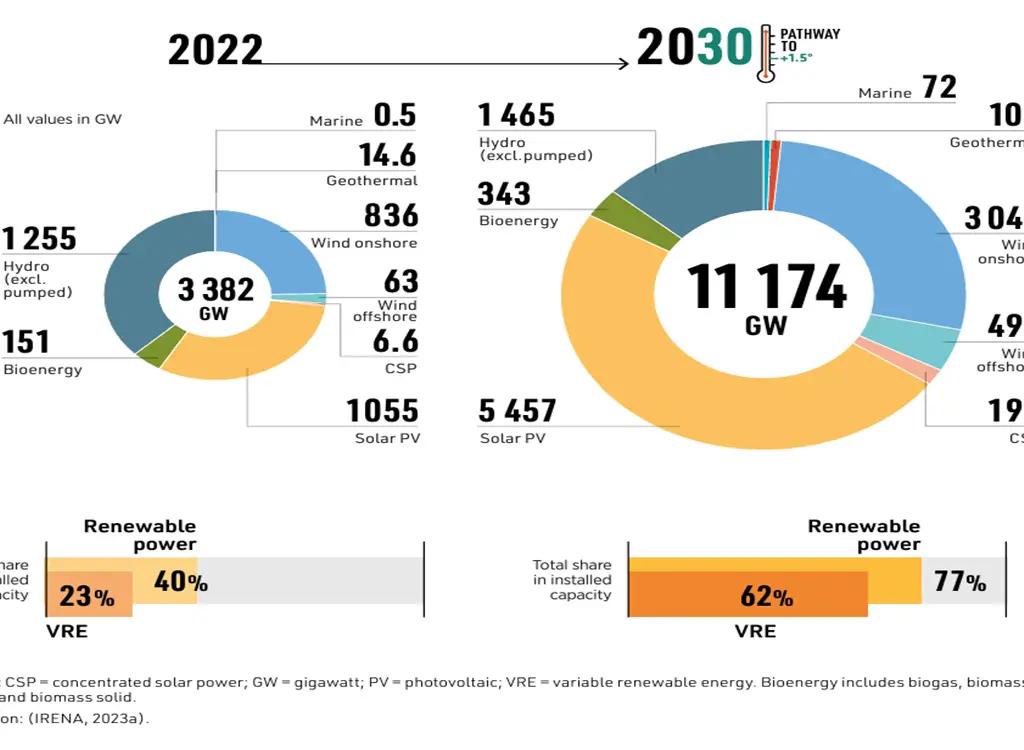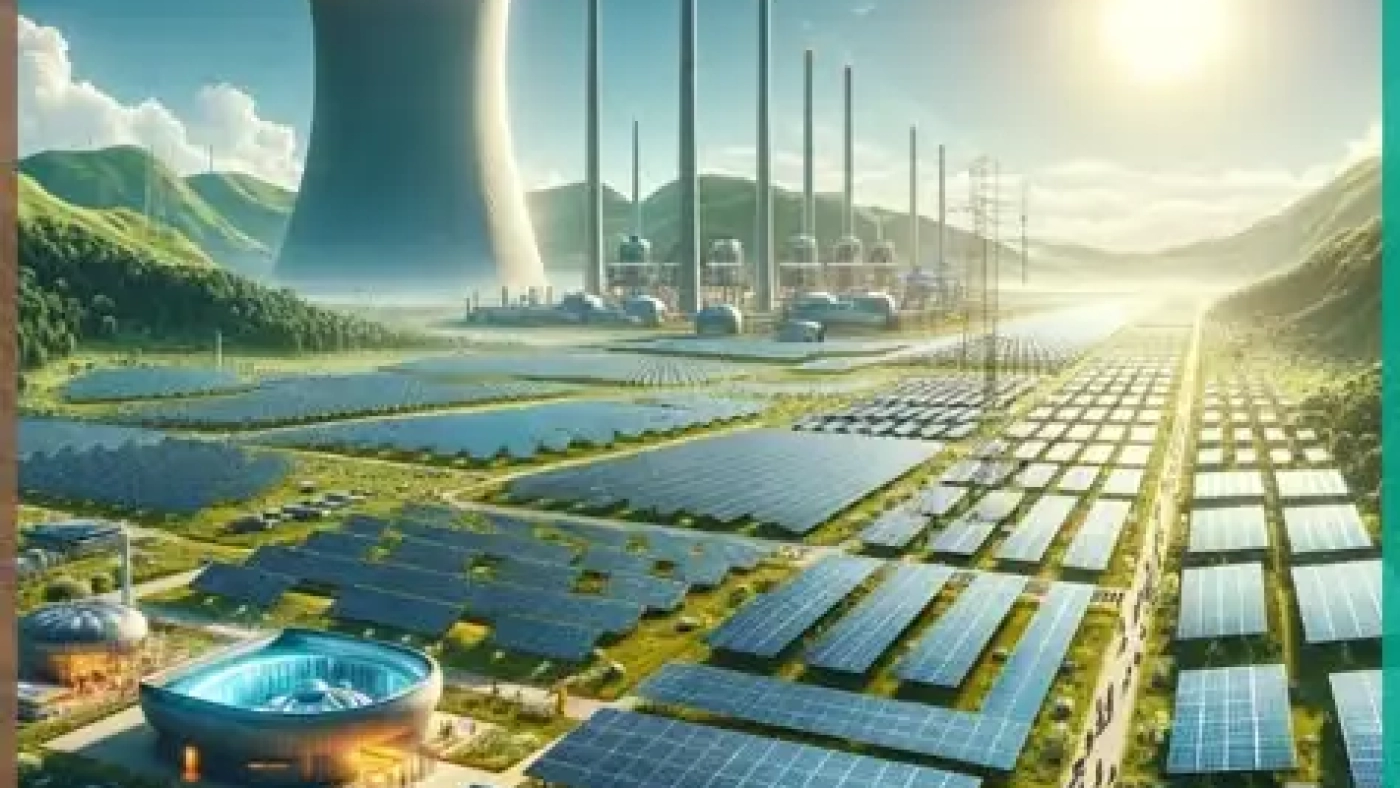The global effort to achieve net zero carbon emissions by 2050 has shed light on the significance of solar energy. Solar energy reduces carbon emissions, decreases the global dependence on fossil fuels, increases energy security, and provides a stable resource for remote areas. The recent awareness of environmental sustainability has increased the growth rate of solar energy in the energy market.
In 2023, a significant increase in the new global renewable energy capacity achieved 473 GW of which 85.5% of all new power generation capacity was accounted. In comparison to 2022, there was a 14 % increase in renewable energy capacity. Solar photovoltaics were responsible for a significant 336GW out of the 473 GW. Hence, around 71 % of the global renewable energy capacity was a result of solar energy utilization. This highlights the significant part that solar energy plays in the transition to a cleaner future.

Types of solar energy technologies in the market:
- Photovoltaic (PV) solar panels: Photovoltaic cells operate by converting solar irradiation into electricity. It is most used in industrial and residential applications. The most recent developments in this technology include the TOPCon solar cells or the Tunnel oxide passivated contact which improves the efficiency and lifetime of the silicon cells.
- Concentrated solar power: Concentrated solar cells use reflectors, lenses, and other concentrators to focus the radiation on a specific line or a point. There are 2 types of concentrated solar power: the line focus, and the point focus. The line focus type utilized reflectors to focus the irradiance into a line formation. An example of the line focus CSP is the parabolic trough in which the irradiance is focused onto a tube. The liquid within the tube heats up to generate steam that drives the turbine. The point focus is similar to the solar tower in which many reflectors are pointed onto one location to create steam and eventually electricity. In this case, sunlight is not converted into electricity, instead it is converted into heat. This technology is only used for large-scale applications.
Solar energy results in many advantages and disadvantages including:
Advantages
- Environmentally friendly and sustainable: Solar energy is a clean source of energy that reduces greenhouse emissions and the dependence on fossil fuels. According to IRENA, the transition into renewable energy sources can decrease carbon emissions by 70% by 2050.
- Cost Effectiveness: In comparison to the initial cost, the price of solar panels has significantly decreased over recent years. In comparison to 2010, the cost of solar PV decreased by 82% by 2023 (IRENA).
- Energy Security: Solar energy provides another reliable resource that may be purchased at an affordable price. Utilizing multiple resources ensures a consistent supply of energy to the grid. Solar energy is another resource that is added to the total energy yield through which it facilitates the management of energy demand.
Disadvantages
- Intermittency: solar power depends on the availability of irradiance from the sun. This source may not always be available, especially during winter. This necessitates the integration of solar energy with other sources of energy or a battery energy storage system.
- Space requirements: Large-scale solar plants need a large area to be installed but that is not always available in urban areas.
Future Innovations
Research into new solar energy technology is currently highly competitive with many useful technologies on the horizon:
- TOPCon Solar cells: An important innovation with solar panels is the development of TOPCon Solar Cells (Tunnel Oxide Passivated Contact) This type of silicon-based solar cell resulted in an increased efficiency and a longer lifetime. This is achieved by optimizing light absorption and decreasing the energy lost. TOPCon cells are used more often in the current market due to all of the advantages they exhibit in energy production and cost-effectiveness.
- Artificial intelligence and smart grids: AI can facilitate grid management concerning solar energy integration. The utilization of a smart grid can manage the intermittent output of solar energy and distribute it properly.
- Building integrated solar: Solar panels are being used in the construction process to be installed into buildings including rooftops, walls, and windows. This method resolved the issue that solar energy has with the usage of land and space. It makes it easier for solar panels to be integrated into residential areas
Solar energy continues to become highly developed year after year and it is expected to play an important role in achieving a sustainable future. According to IRENA, solar power will achieve 30% of their global electricity generation by 2030. Since COP29 commenced in Azerbaijan, the Global Solar Council declared that the global photovoltaic capacity has reached 2 TW in 2 years beginning from the primary TW installed. The first TW took 68 years to achieve, hence the rate at which the market is growing is promising.



Add a Comment